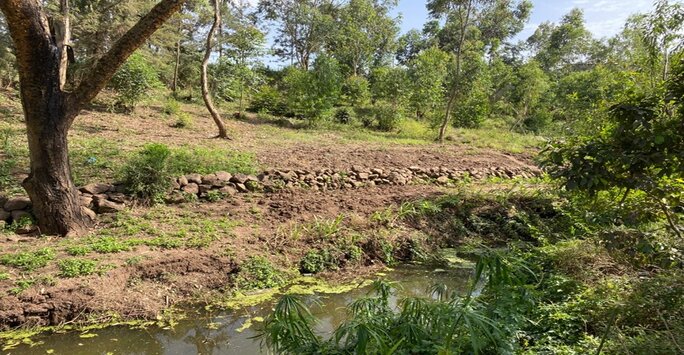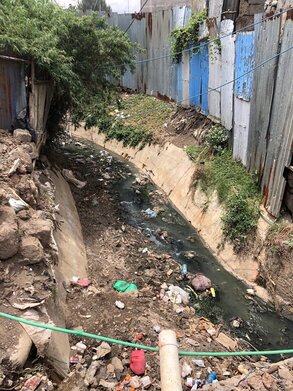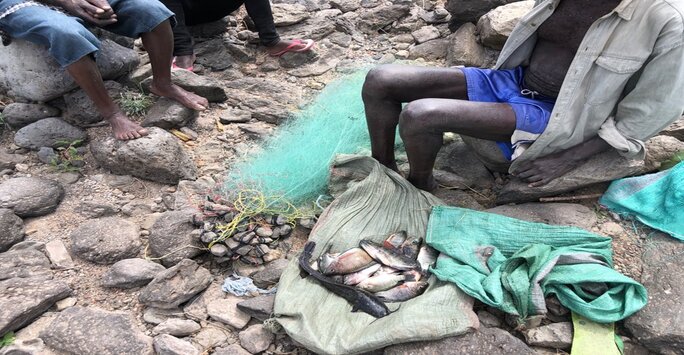Reflection of the ISSF Contract Supplement Award
Posted on: 11 January 2023 by Dr. Olivia Howland in January 2023 posts

Dr Olivia Howland, a Research Fellow and a former PDRA on the HORN Project, reflects on her experiences in Nairobi, Kenya after receiving funding from the Wellcome Institutional Strategic Support Fund (ISSF) Contract Supplement Award.
I am a Research Fellow and a former PDRA on the HORN Project at IVES. During my time on the HORN Project, I was able to conceive a quintessentially One Health project looking at urban riparian spaces in Nairobi, Kenya. This neglected area of research has significant implications for human, animals, and their environment, making it an ideal topic of study under the HORN – One Health Regional Network in the Horn of Africa – Project. However, Covid-19, alongside personal ill health, consistently delayed fieldwork. I found myself in March 2022 at the end of the HORN Project with a lot of data but no time in which to analyse or write up. The Wellcome Trust ISSF award which I won in October 2022 allowed me the time to analyse these important data, to write a paper, and to fund childcare so that I could work.

The Rongai Rivers Project used two rivers in a rapidly growing urban settlement to shed light on One Health issues: that is, the interplay between human, animal and environmental health. As an anthropologist and visual artist, I used interviews, walking-as-method, photography, archival research and drone footage to illuminate issues faced by people in this community on a daily basis. Significant issues reported by interviewees included a loss of livelihood due to riparian degradation, high instances of sewage disposal in the rivers, poisoned fish and animals, and cases of typhoid and cholera were reportedly common, particularly among children. The river water was unsafe, and the riparian environment was no longer useful to people in ways in which it had been in the past.

Some people were still forced to make a living from the rivers, despite anecdotal high levels of pollution: fishers, farmers and livestock owners were daily users of riparian spaces, as well as washerwomen. The story was not all grim, though: young people use these marginal spaces for recreation, and homeless people conduct ablutions there, with one man telling us that this space allowed him some humanity in ways that the urban streets do not.
I am grateful for the financial support of the Wellcome ISSF fund, and indeed the support of my colleagues at Liverpool for making this paper, and the study, possible.
Keywords: HORN Project , Nairobi Kenya, Wellcome Trust ISSF Grant Award, One Health.